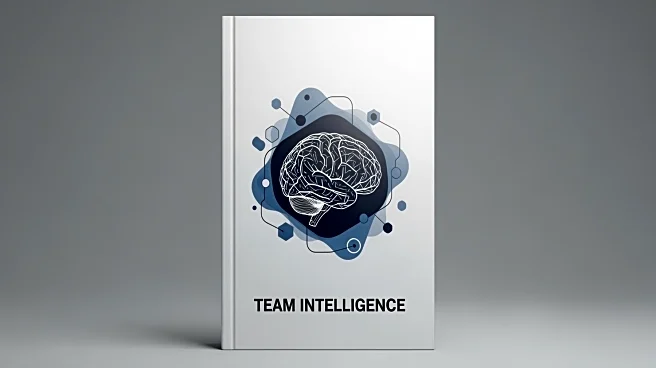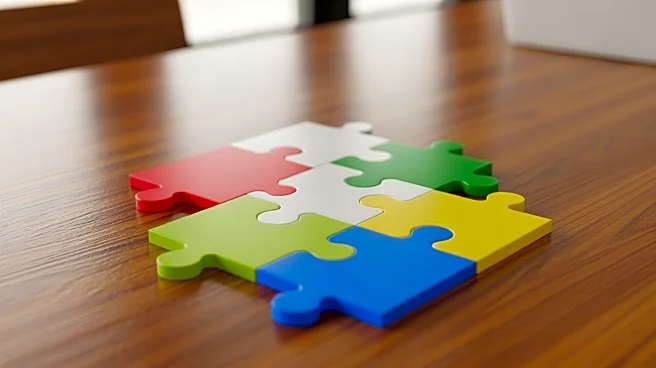What's Happening?
The 'Yes, And' improv technique, traditionally used in comedy, is being recognized for its potential to improve workplace dynamics. This approach encourages individuals to listen deeply, acknowledge others' perspectives, and build upon them, fostering
creativity and collaboration. Contrary to common misconceptions, 'Yes, And' does not imply agreeing to everything or taking on more tasks. Instead, it serves as a tool to navigate obstacles and generate innovative ideas. By shifting from a 'Yes, But' mindset to 'Yes, And,' employees can better address challenges and contribute to a more inclusive and supportive work environment.
Why It's Important?
The application of the 'Yes, And' technique in professional settings can significantly impact workplace culture. It promotes creativity and innovation by encouraging open-mindedness and collaboration. This approach can help employees protect their boundaries while still contributing positively to team dynamics. Additionally, it supports allyship by amplifying underrepresented voices, fostering inclusion and psychological safety. By adopting this technique, organizations can enhance employee satisfaction, improve problem-solving capabilities, and create a more positive and productive work environment.
What's Next?
Organizations may consider training programs to integrate the 'Yes, And' technique into their workplace culture. Leaders and managers can encourage its use during meetings and collaborative projects to enhance team dynamics. As more companies recognize the benefits of this approach, it could lead to widespread adoption, transforming how teams interact and solve problems. The technique's emphasis on positivity and collaboration may also influence hiring practices, with a focus on candidates who demonstrate these qualities.
Beyond the Headlines
The 'Yes, And' technique could have long-term implications for workplace culture, promoting a shift towards more inclusive and supportive environments. It challenges traditional hierarchical structures by valuing every team member's input, potentially leading to more democratic decision-making processes. This approach aligns with broader societal movements towards diversity and inclusion, reflecting changing expectations in the modern workforce.













